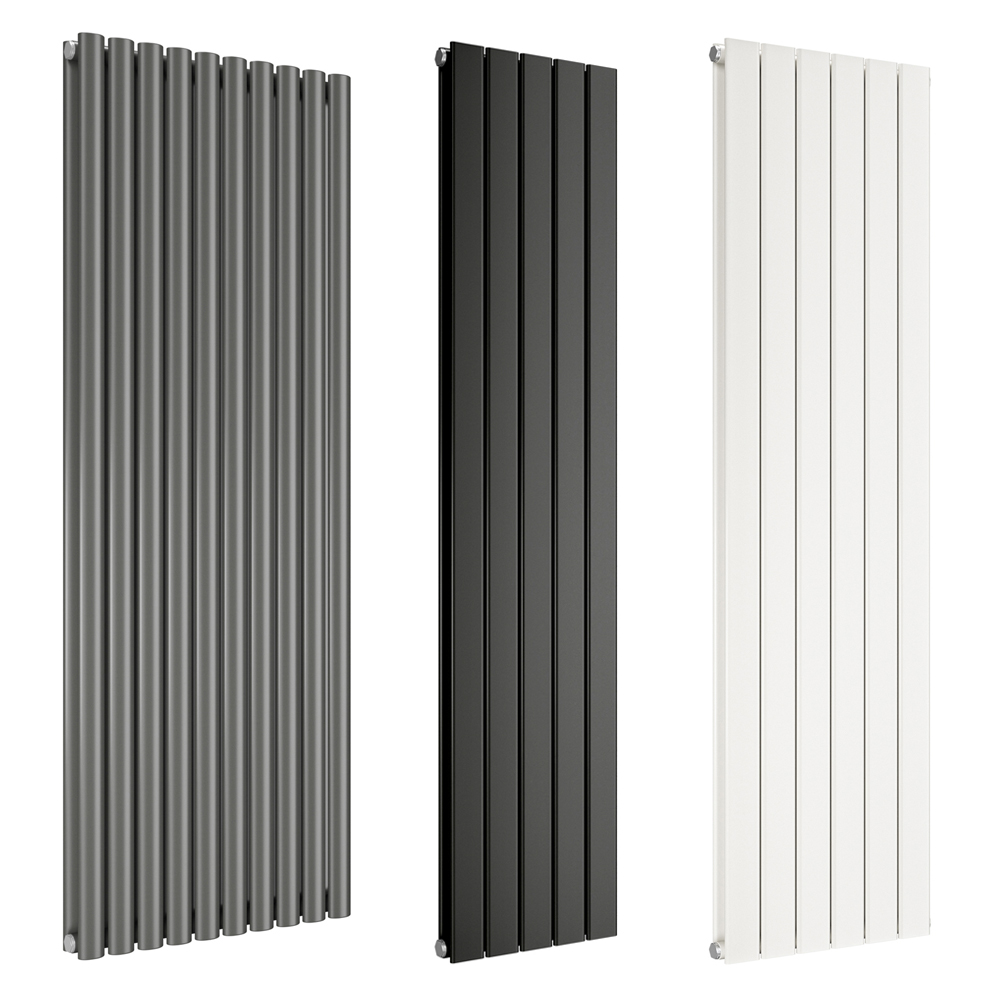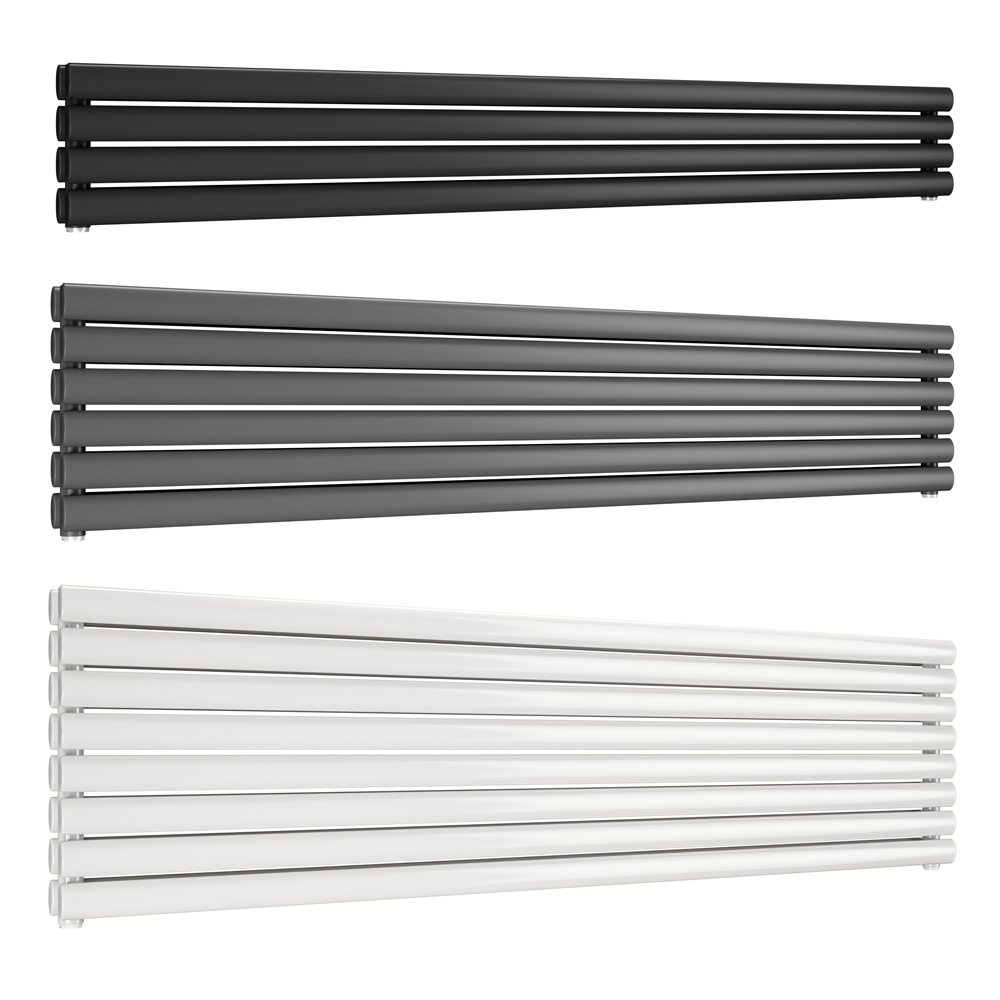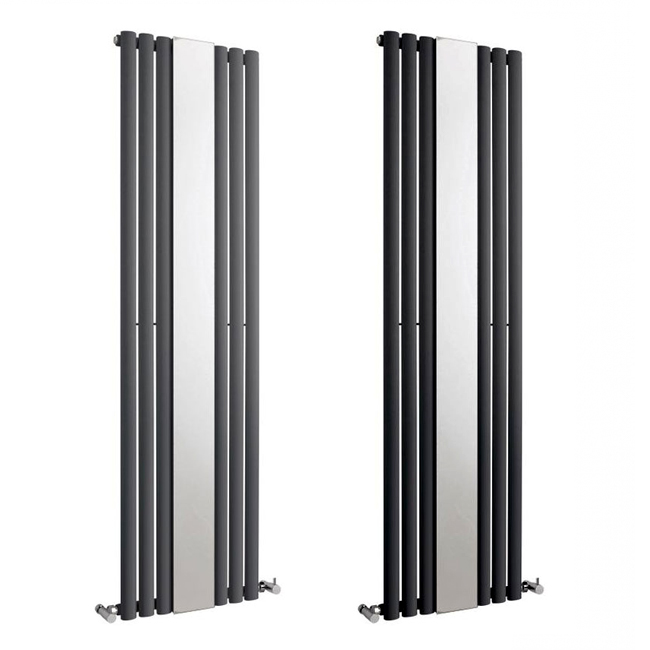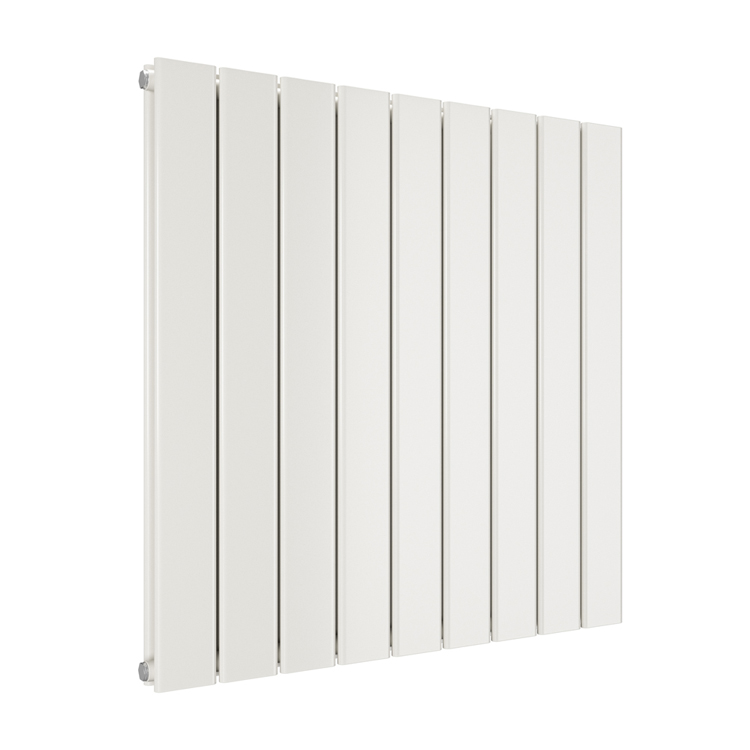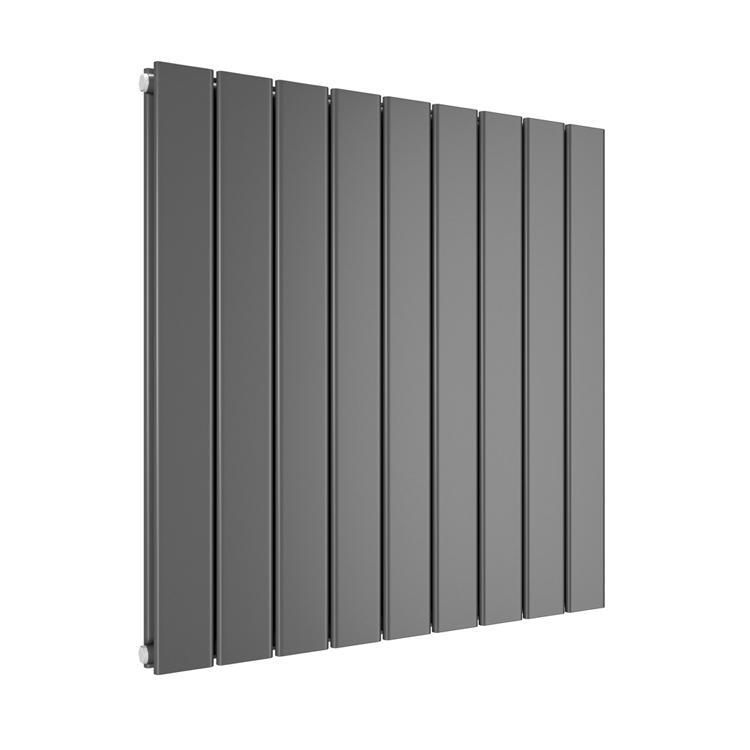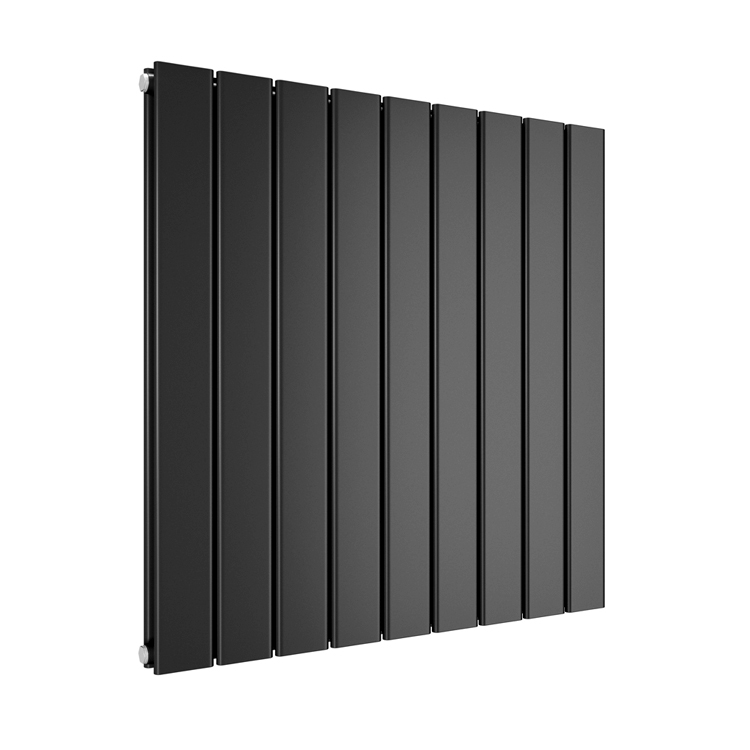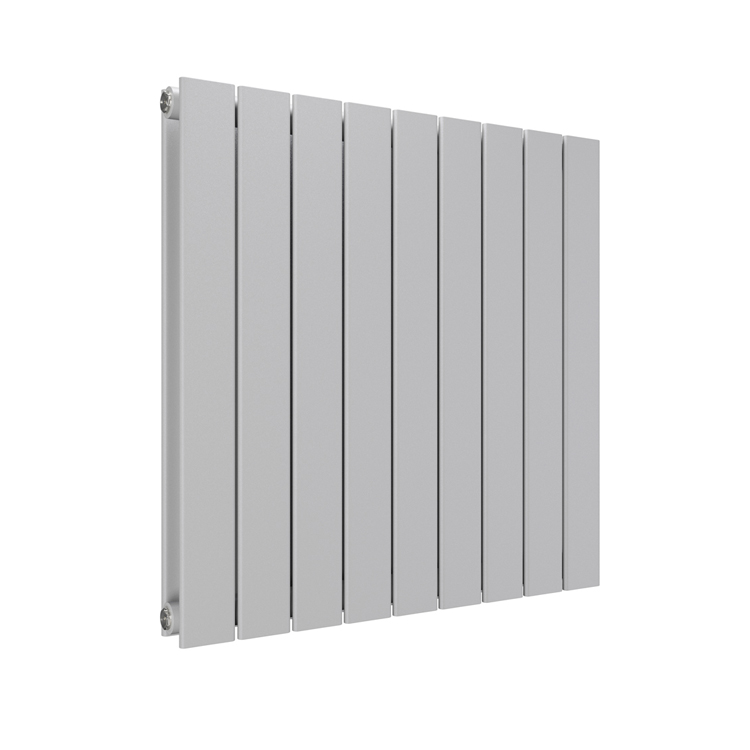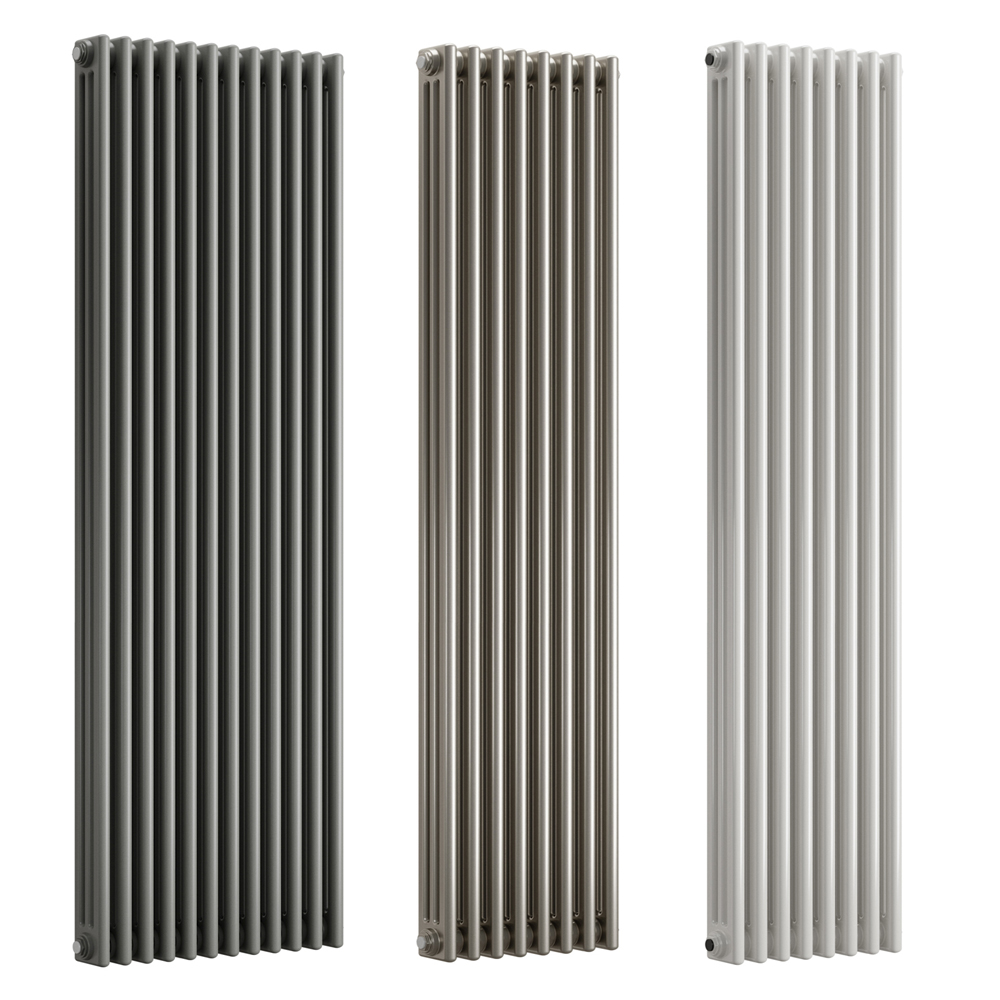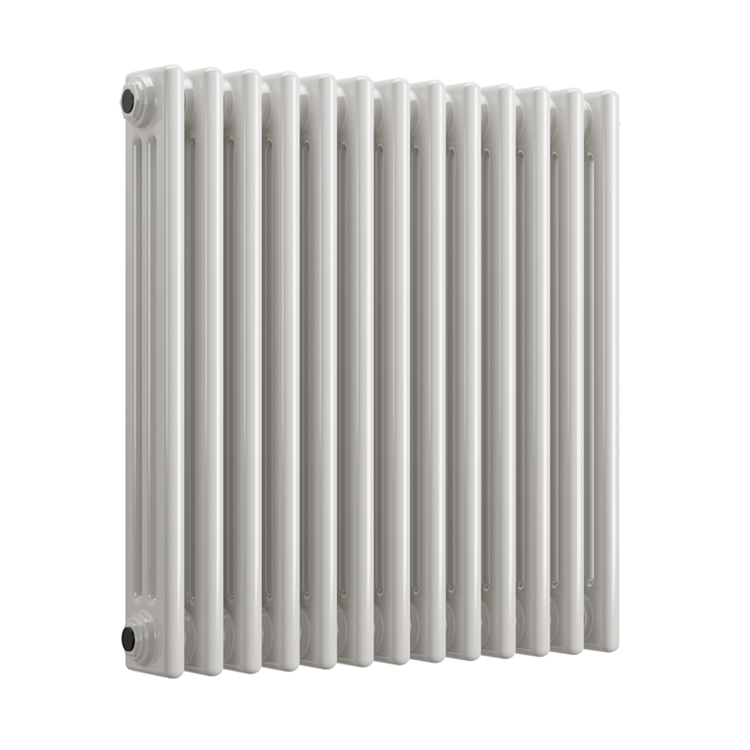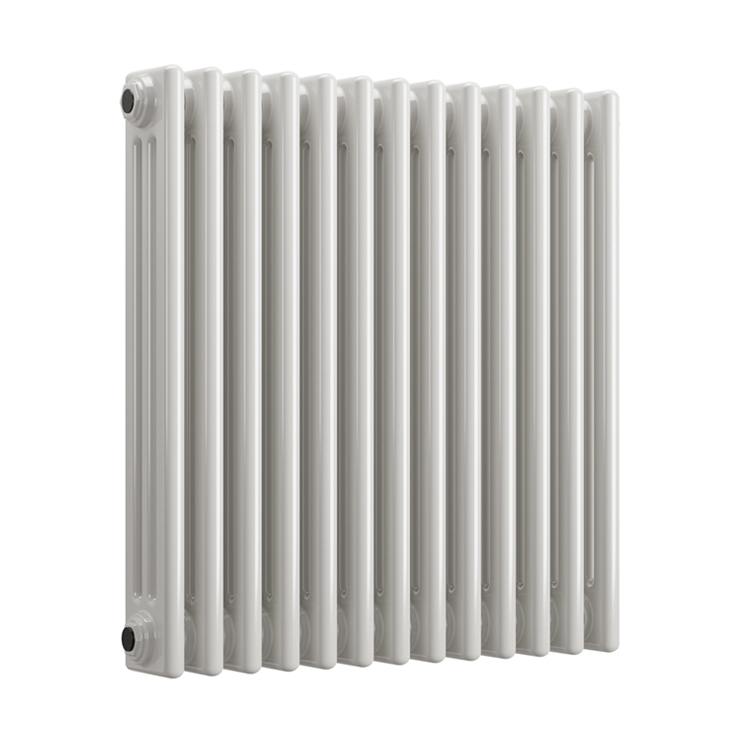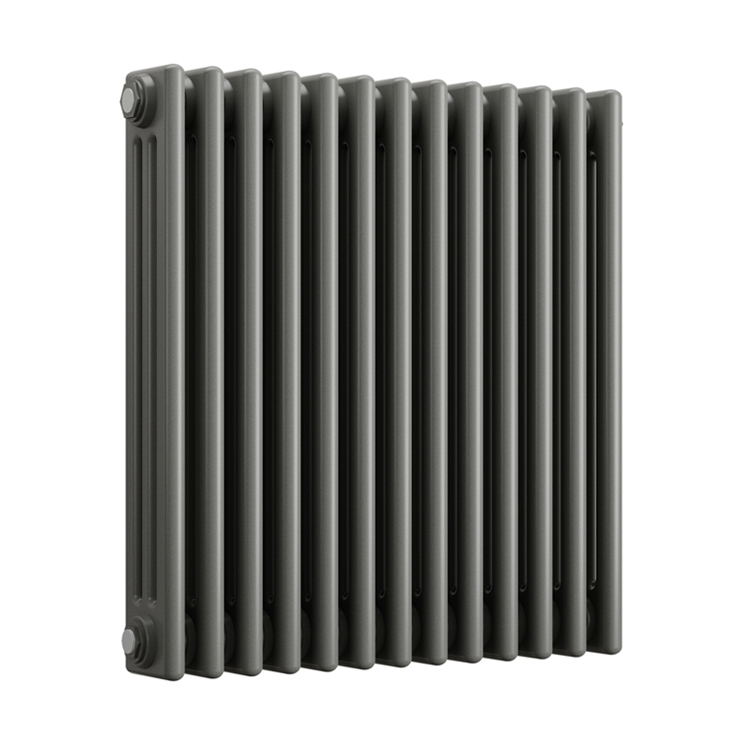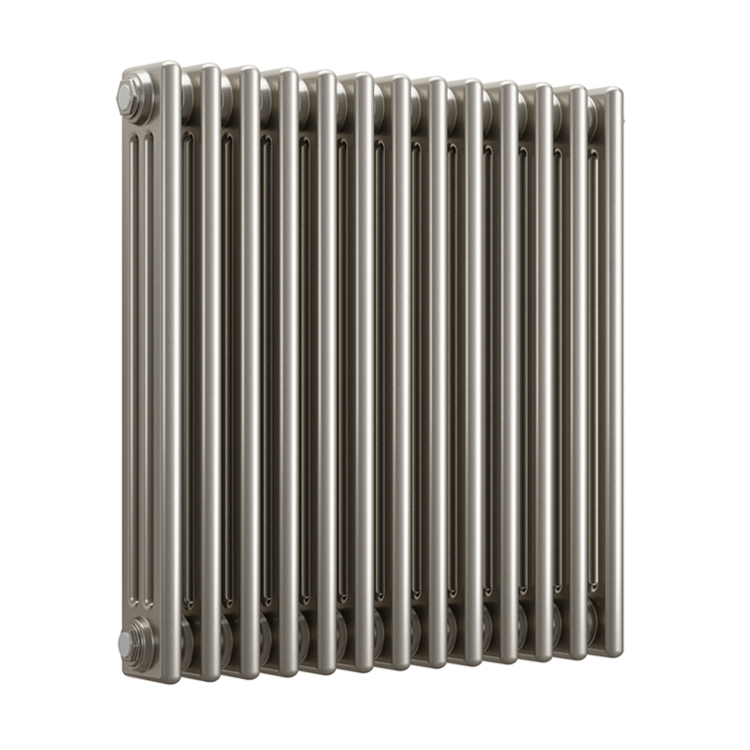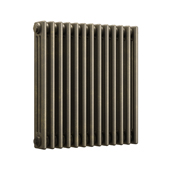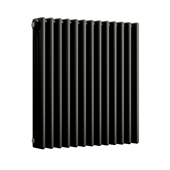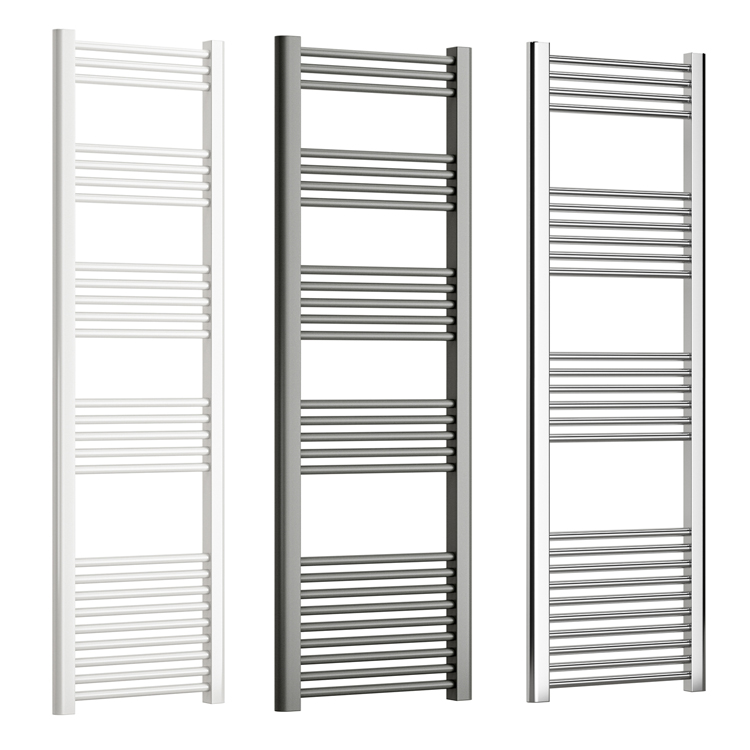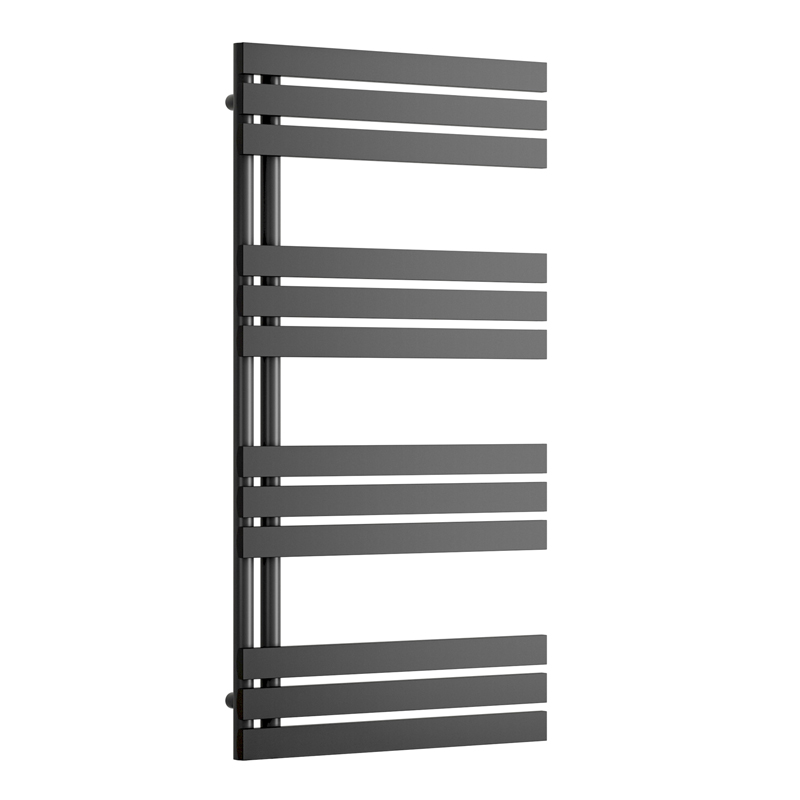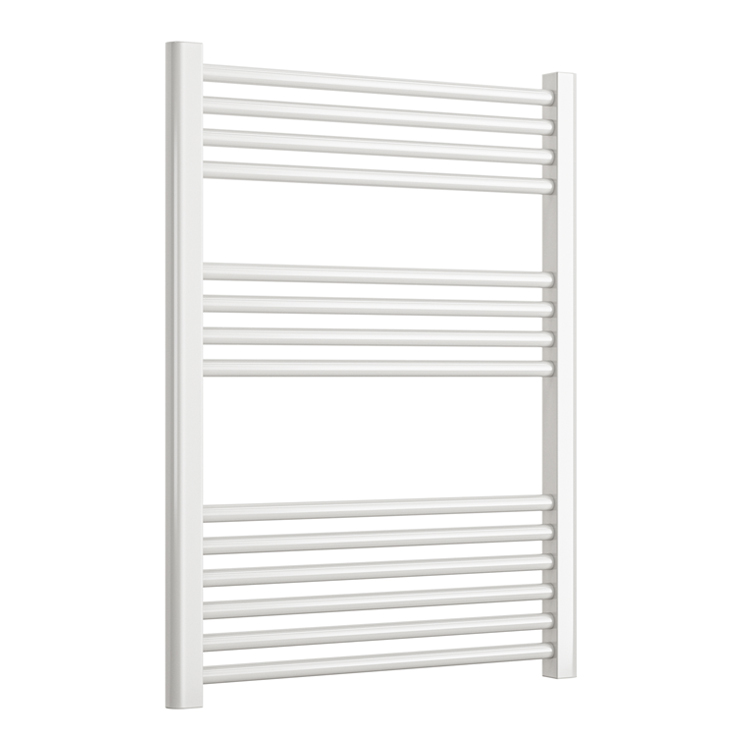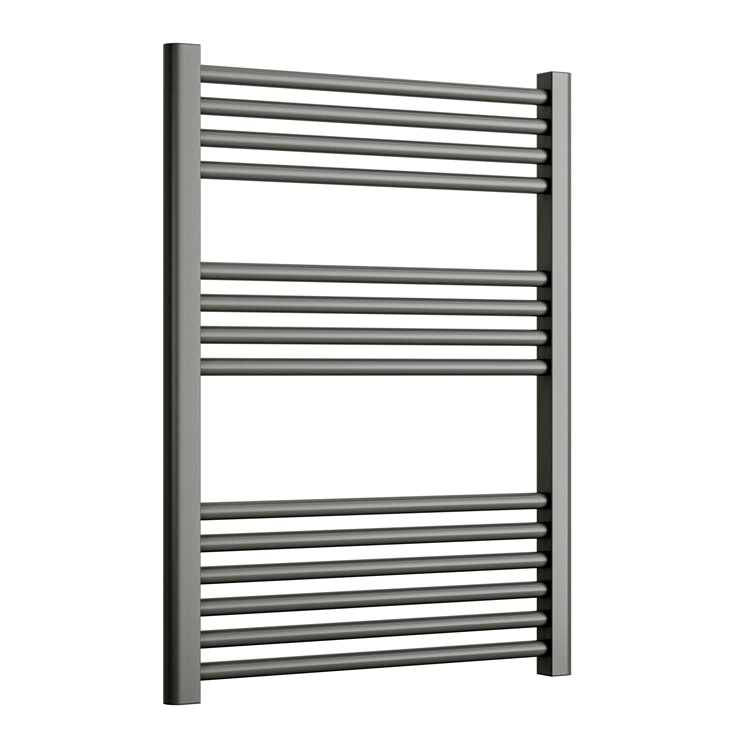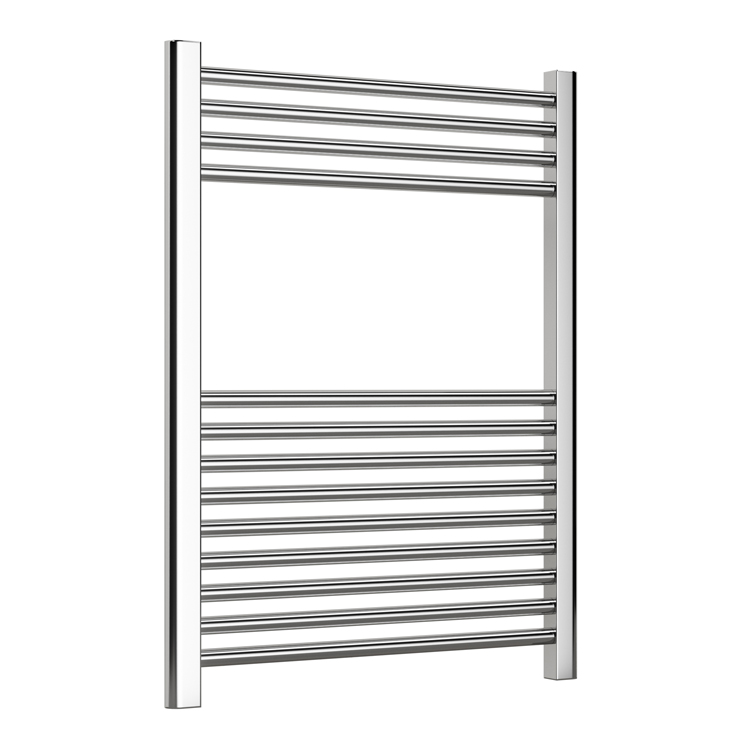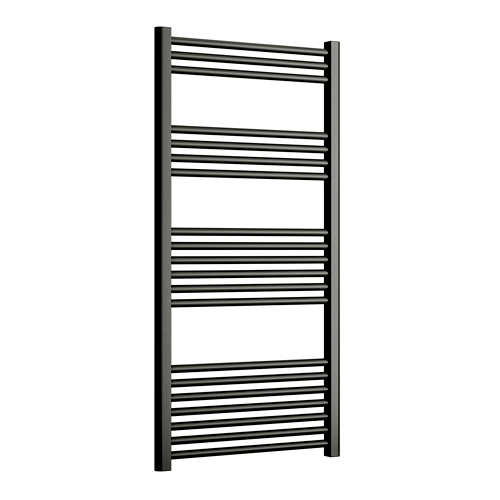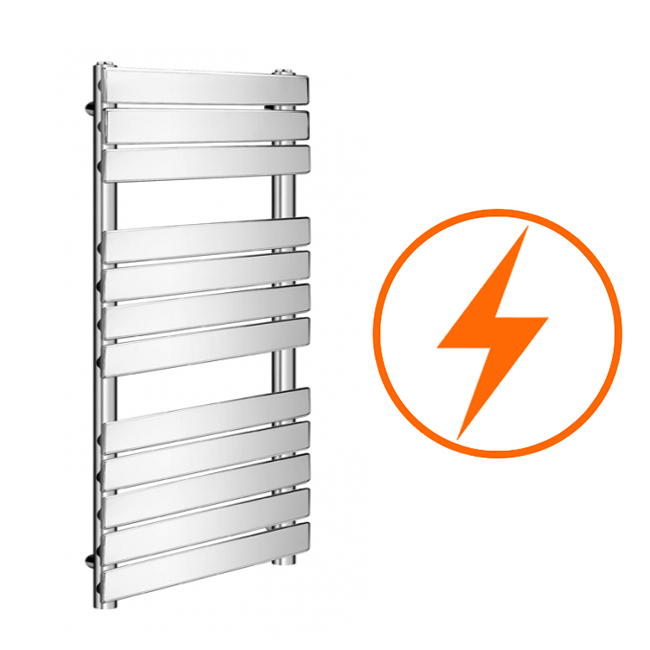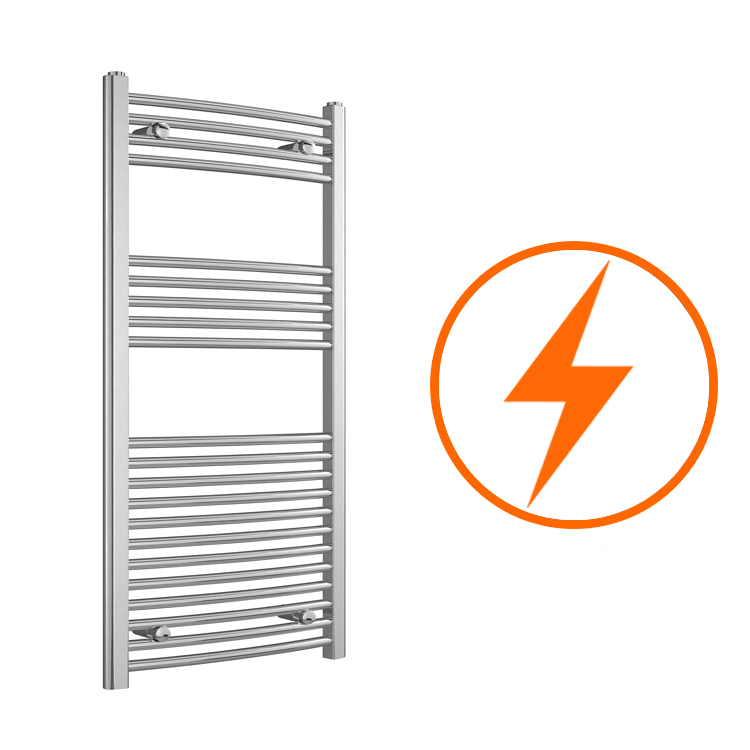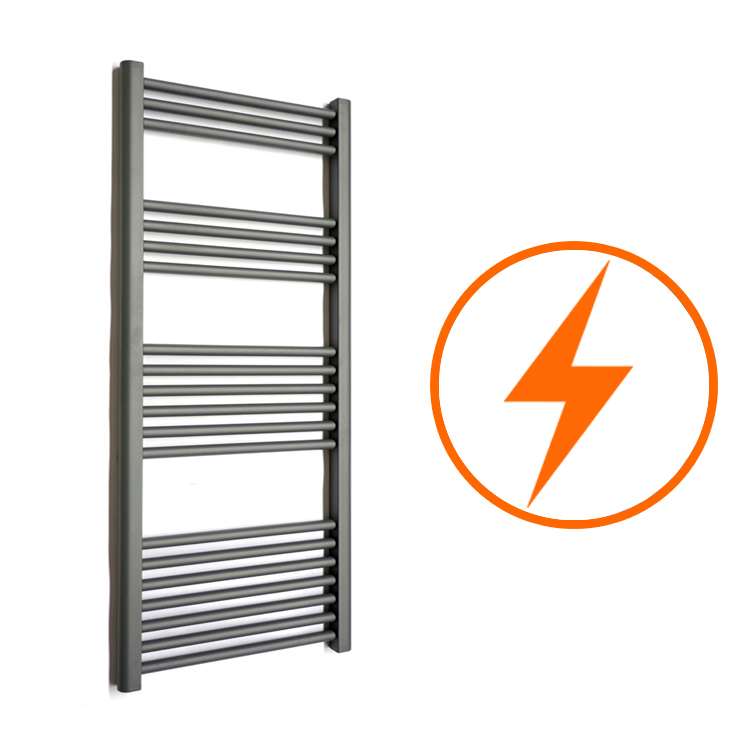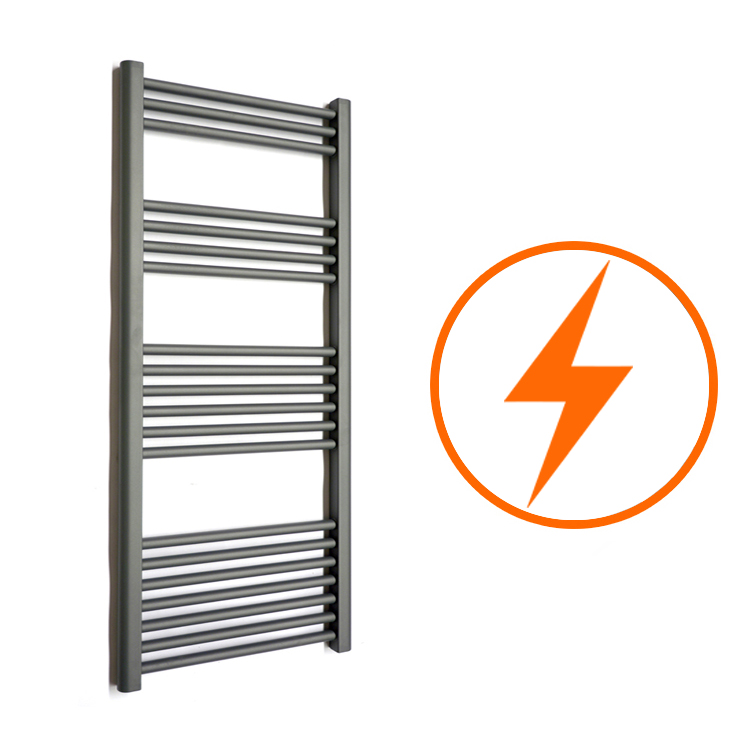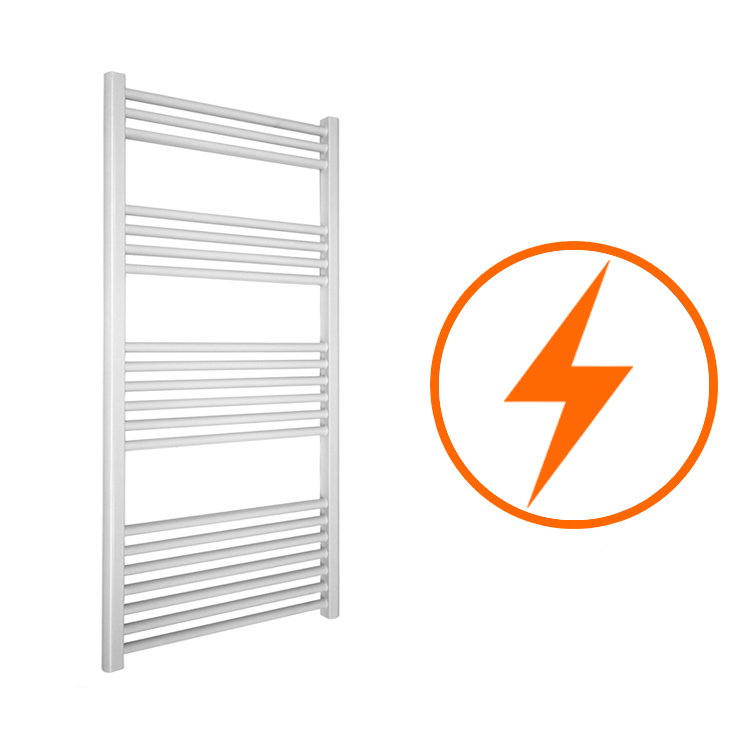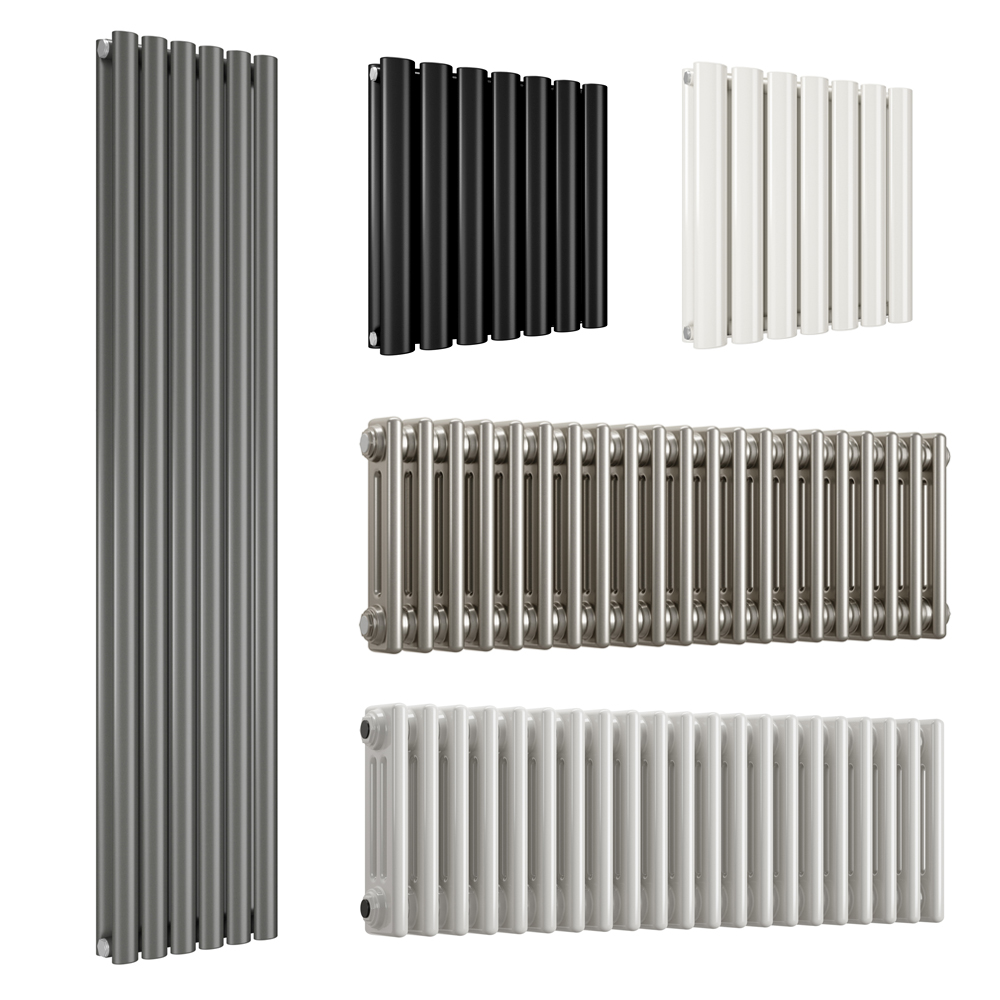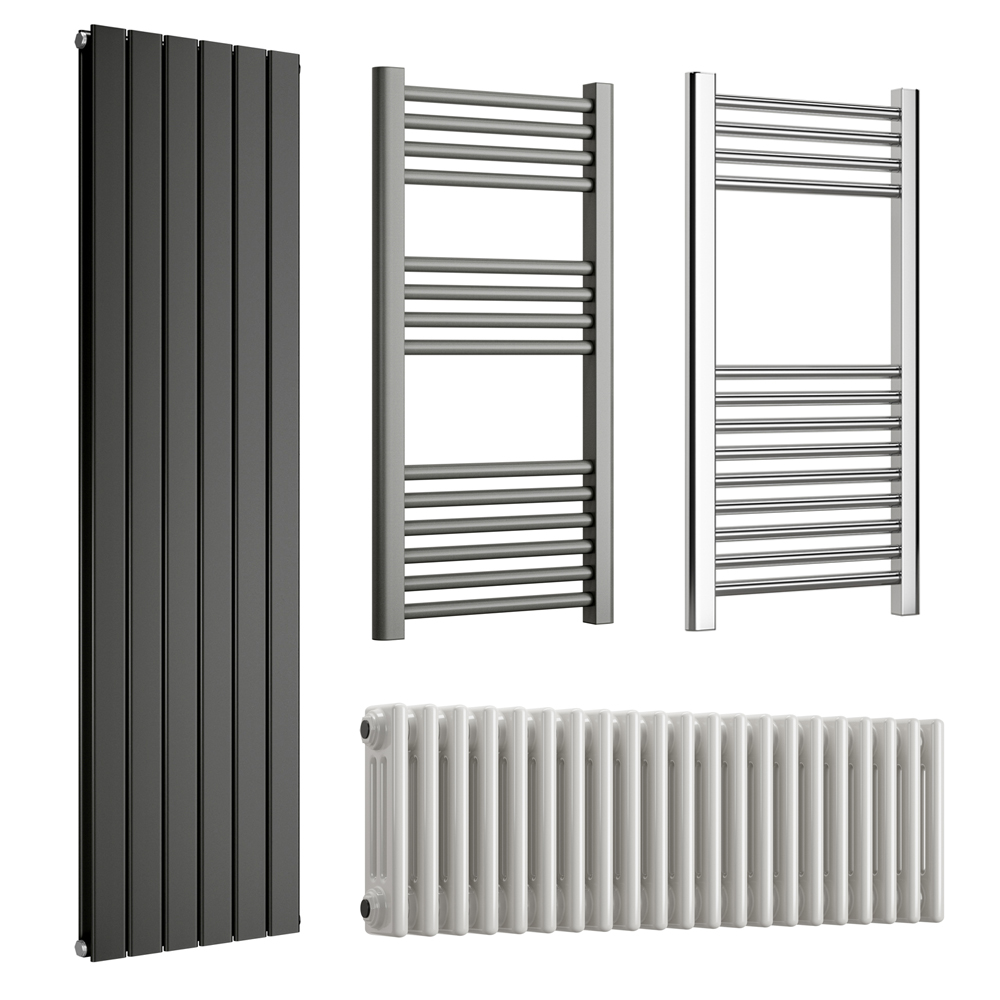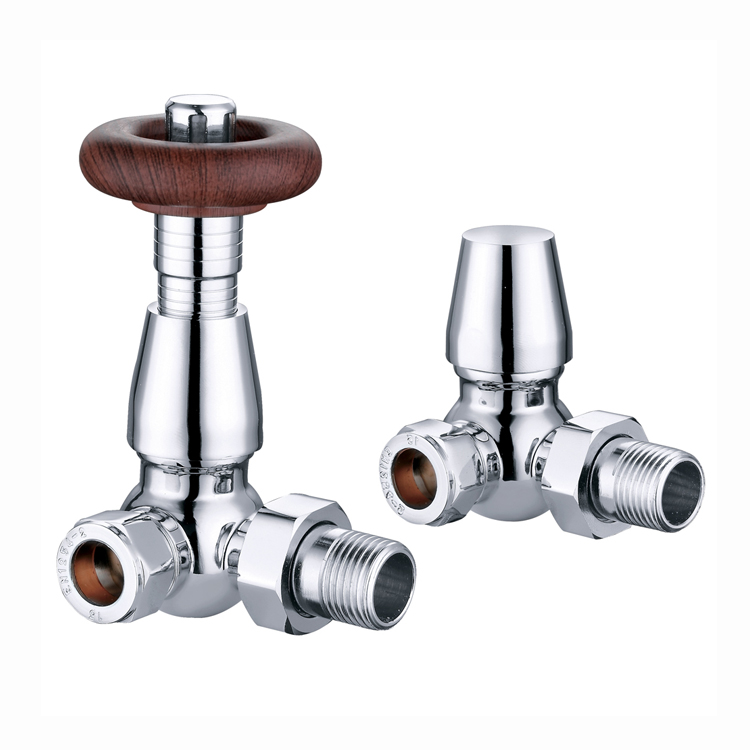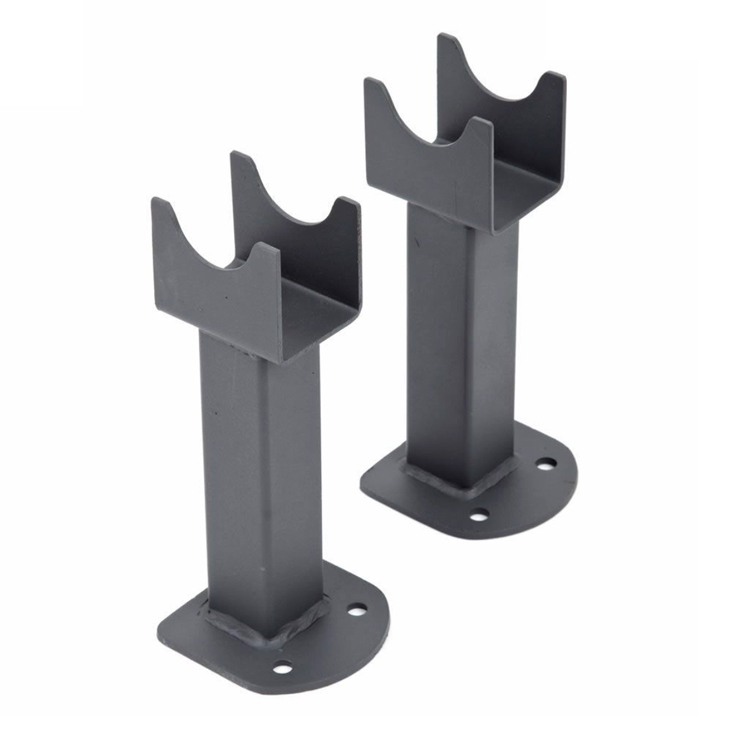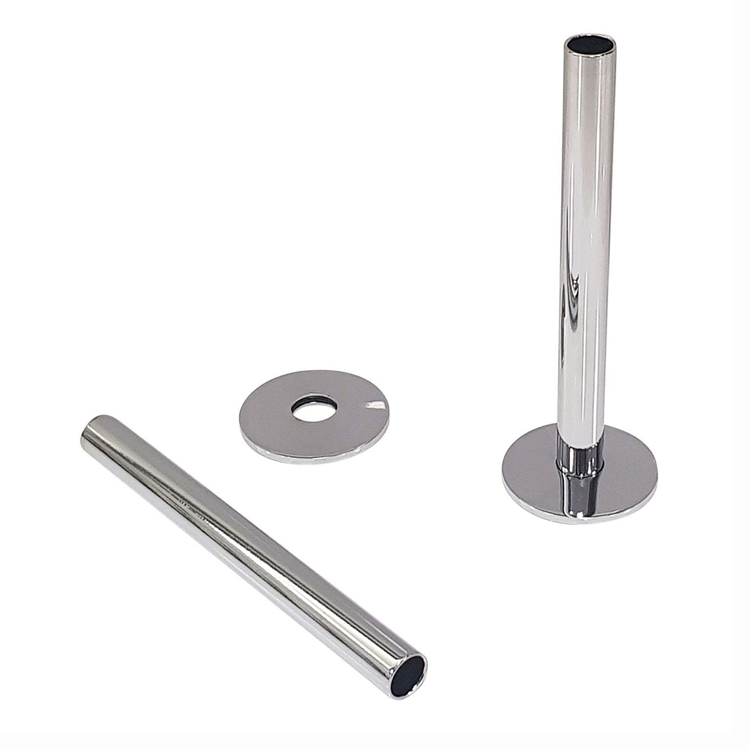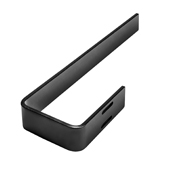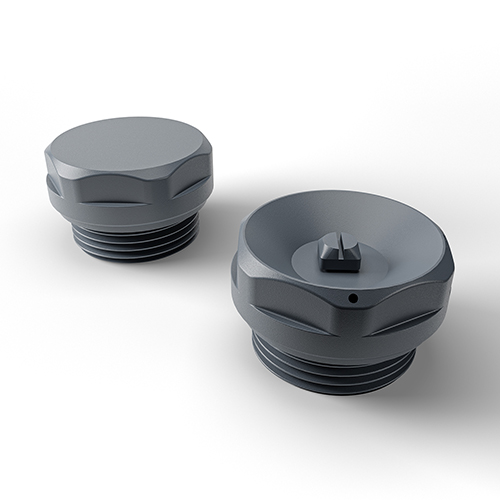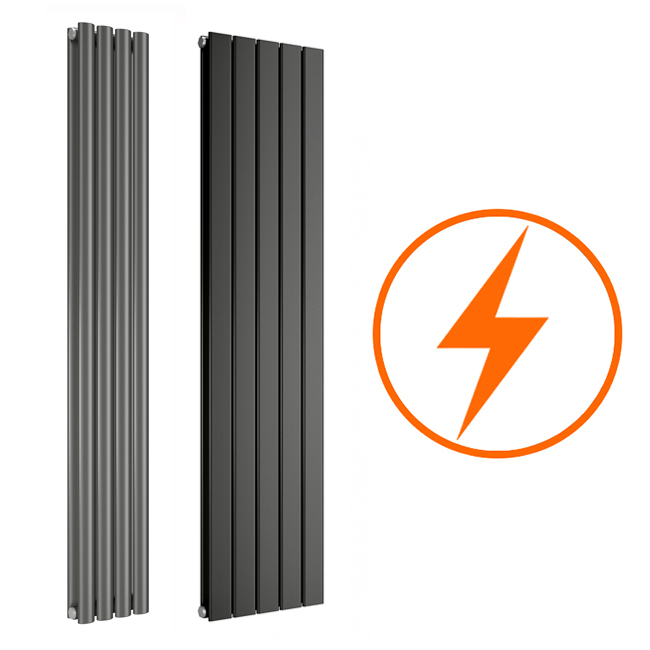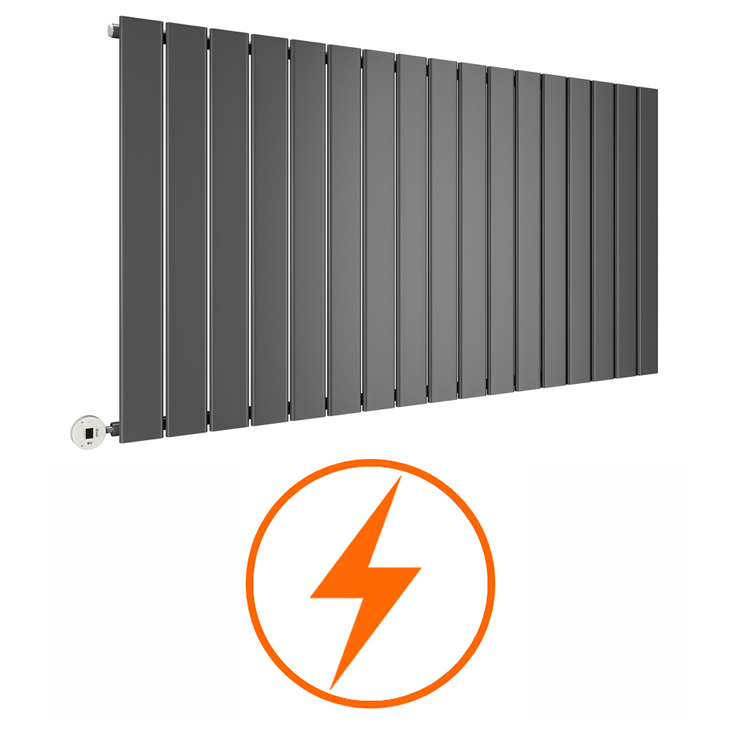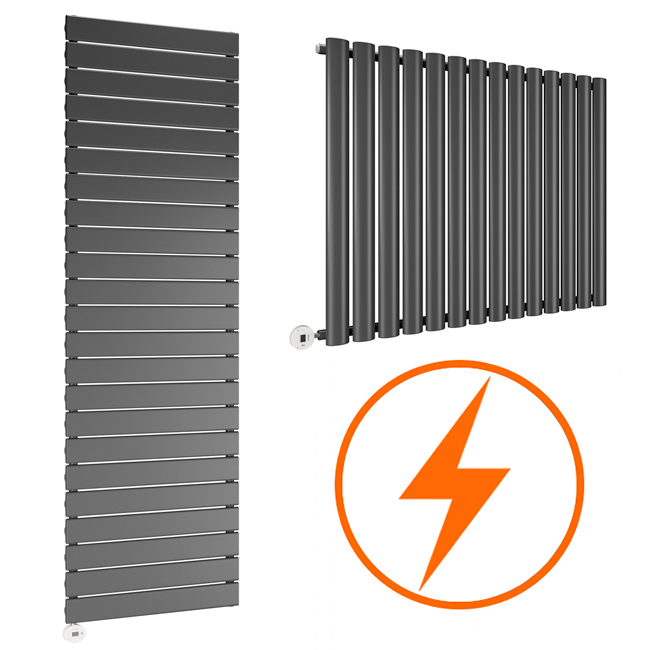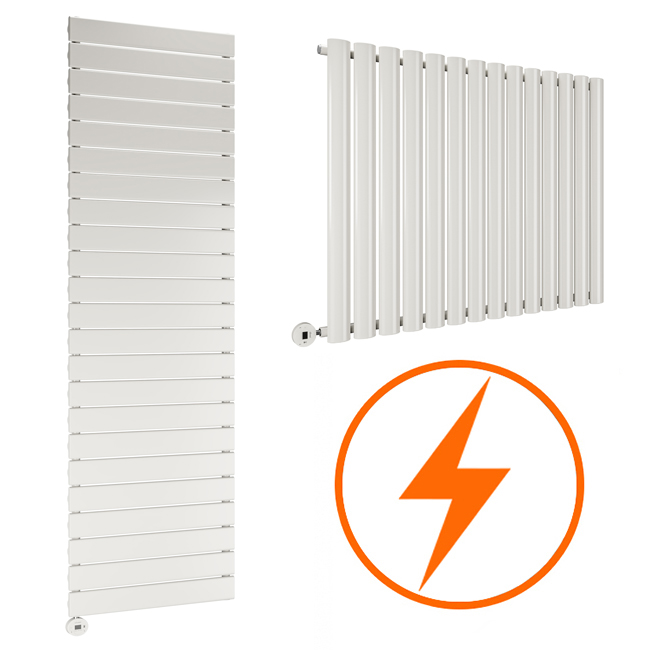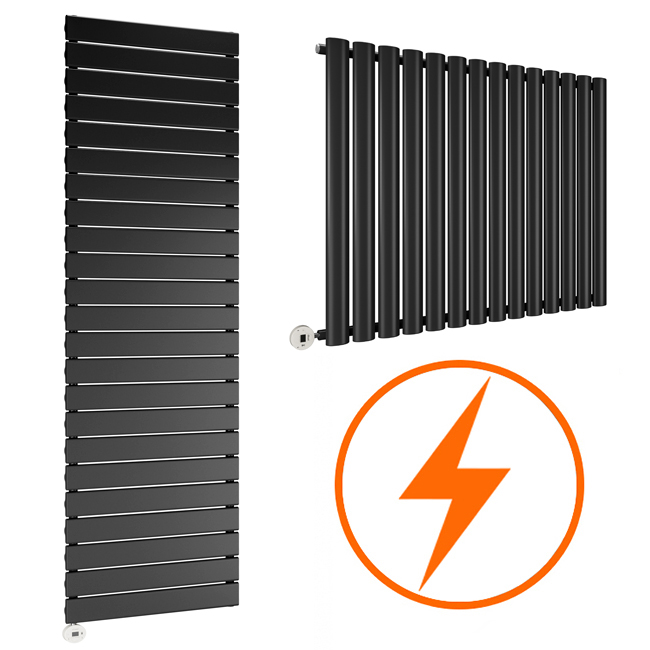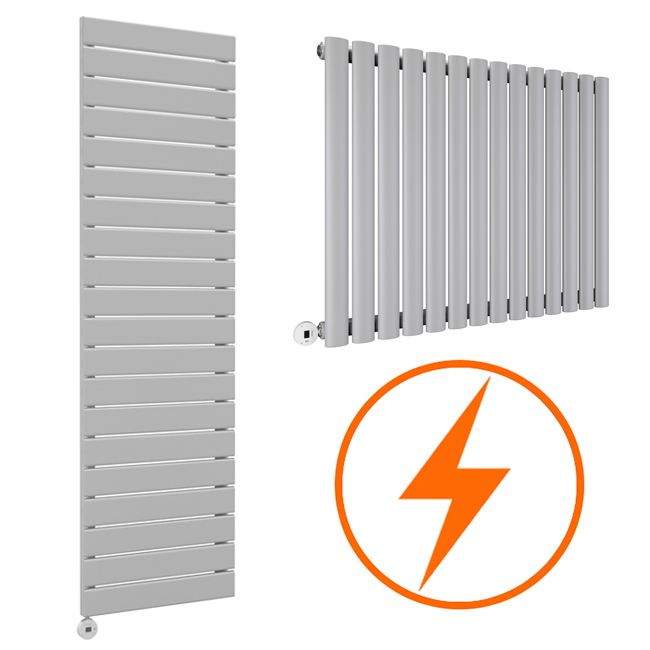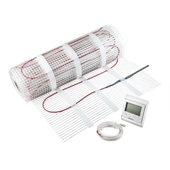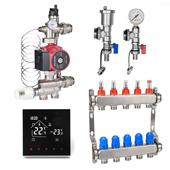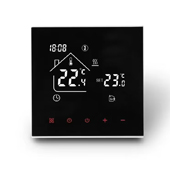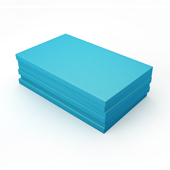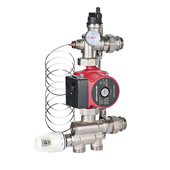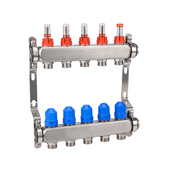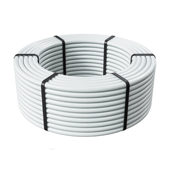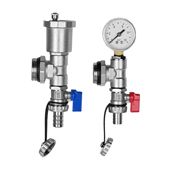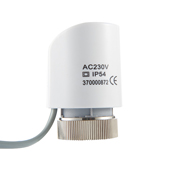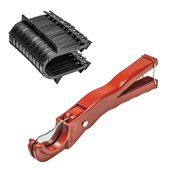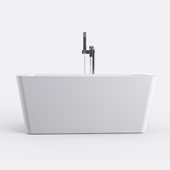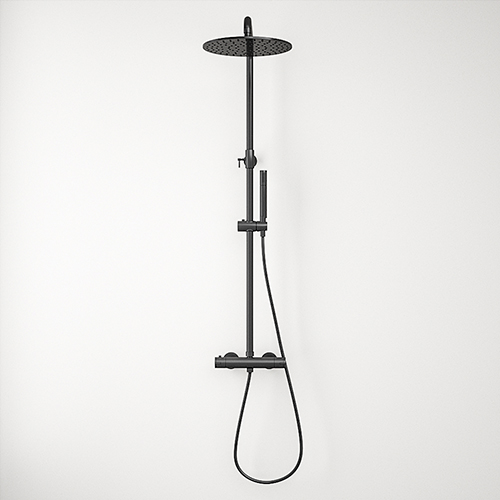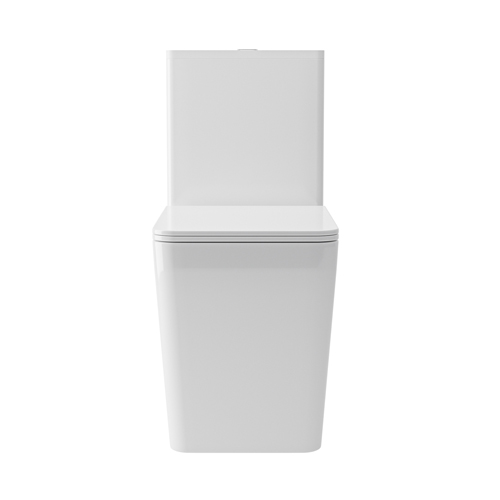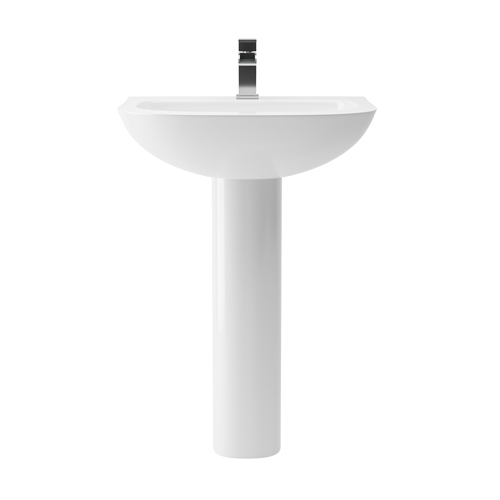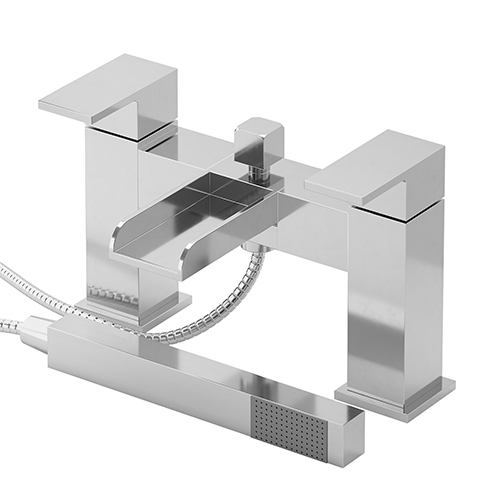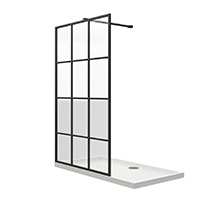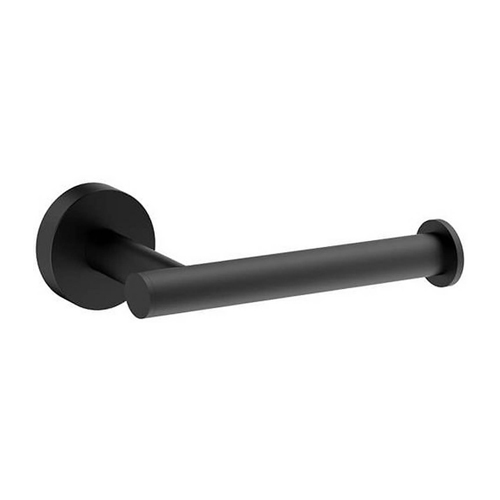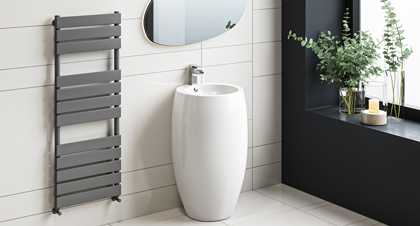
Heated towel rails not only offer a place to keep your towels warm and dry but also provide an efficient source of heat. For small bathrooms, heated towel rails can serve a dual purpose – helping to maximise space and improve both comfort and style. But with the variety of designs, sizes and heating options available, it can be challenging to determine which type of heated towel rail is best suited for your compact bathroom.
The advantages of heated towel rails
Warmth and comfort:
One of the most obvious but crucial benefits of heated towel rails is the warmth and comfort they provide. After stepping out of a bath or shower, there's nothing quite as comforting as wrapping yourself in a warm, dry towel. In colder months, particularly in the UK where damp weather is frequent, the heated towel rail becomes an essential feature for comfort. In addition to keeping your towels warm, it can take the chill off the bathroom itself, making those early morning routines far more pleasant. This added warmth is especially welcome in smaller bathrooms, which can feel colder due to their size and limited heating sources.
Energy efficiency:
When compared to traditional radiators, heated towel rails are an energy-efficient solution for heating smaller spaces, such as bathrooms. Many modern towel rails are designed to use less energy while still offering adequate warmth. In small bathrooms, where the space is naturally more contained, heated towel rails can often eliminate the need for a separate radiator. Because they are designed to heat towels rather than the entire room, they tend to consume less energy than a full-sized radiator. Moreover, electric towel rails can be turned on independently of your central heating system, meaning you can warm your bathroom and towels without heating the whole house, which is ideal during the warmer months when central heating is unnecessary.
Space-saving:
In compact bathrooms, space is often at a premium and every square inch matters. This is where heated towel rails really shine, as they are designed to be mounted on the wall. By using vertical wall space rather than floor space, heated towel rails free up room for other essentials, such as storage units or bathroom fixtures. Slim, vertical designs like ladder-style towel rails not only save space but can also hold multiple towels, making them an excellent choice for busy households or small en-suites. Their dual functionality – drying towels and warming the room – ensures that you don’t have to compromise on space or comfort.
Prevention of mould and mildew
Bathrooms are naturally damp environments and towels, when left wet or damp, can contribute to the growth of mould and mildew. Heated towel rails help to counteract this by keeping towels dry. When towels are left to dry on a regular hook or rail, they often stay damp for a long time, creating the perfect environment for mould spores to thrive. However, the warmth from a heated towel rail ensures that towels dry more quickly, significantly reducing the likelihood of mildew growth. In smaller bathrooms where ventilation may be limited, this drying function becomes even more important, helping to maintain a cleaner, healthier environment.
Aesthetic appeal:
Beyond their practical benefits, heated towel rails also enhance the overall aesthetic of a bathroom. Available in a wide range of finishes, colours and styles, they can be as much a design statement as they are a functional piece. From sleek, polished chrome to the increasingly popular matt black or anthracite finishes, heated towel rails can be chosen to complement any bathroom décor. Whether your style is contemporary or traditional, you can find a towel rail to match. In smaller bathrooms, where every design element counts, a stylish heated towel rail can serve as a focal point, enhancing the space without overwhelming it.
Types of heated towel rails

When selecting a heated towel rail for your small bathroom, the type of heating mechanism is one of the most important factors to consider. There are three main types of heated towel rails: central heating, electric and dual fuel. Each type has its own advantages and drawbacks, which may influence your choice based on your bathroom setup, lifestyle and climate.
Central heating towel rails
Central heating towel rails are connected to your home’s existing central heating system, functioning like traditional radiators. When your central heating is turned on, the towel rail heats up, ensuring your towels are warm and dry during colder months.
Pros:
Central heating towel rails are particularly cost-effective when your home’s heating is already in use,such as during winter. If your central heating runs for long periods, this type of towel rail can keep your bathroom warm while drying towels efficiently. For households in cooler climates or with long heating seasons, this type can integrate seamlessly into your heating routine without additional energy costs.
Cons:
Towel rails are tied to your central heating system, meaning they won’t operate independently. In summer or during mild weather, you may not want to turn on the entire heating system just to warm the bathroom or dry your towels. This can make central heating towel rails less convenient for year-round use unless paired with alternative solutions.
Electric towel rails
Electric towel rails operate independently of your home’s central heating. They are plugged into the mains electricity and can be turned on or off as needed, making them a versatile choice for year-round use.
Pros:
Electric towel rails are ideal for small bathrooms as they provide a targeted heat source without needing to heat the entire home. Their independent operation allows you to switch them on at any time, whether in the middle of summer or just for a quick towel dry. They also offer flexibility in installation, as they don’t rely on central heating pipes, making them easier to install in bathrooms that may not have direct access to the main heating system.
Cons:
Electric towel rails have potentially higher running costs, especially if used frequently in larger spaces. However, for small bathrooms where the rail is not needed constantly, these costs remain manageable. Additionally, while efficient in smaller rooms, electric towel rails may struggle to provide sufficient heat to warm larger bathrooms on their own.
Dual fuel towel rails
Dual fuel towel rails combine the benefits of both central heating and electric systems. They are connected to your central heating but also come with an electric heating element that allows them to operate independently when needed.
Pros:
Dual fuel towel rails offer the ultimate flexibility. During colder months, they can be used as part of your central heating system, providing warmth to both the room and your towels. In the warmer months, you can switch to the electric option, ensuring your towels stay dry and fresh without the need to activate the entire central heating system. This makes them an ideal choice for small bathrooms that require space heating at different times throughout the year.
Cons:
While highly-practical, dual fuel towel rails tend to be more expensive than single-fuel options. The dual functionality, while offering convenience, comes at a higher cost initially and installation can be more complex. However, the long-term flexibility and convenience can outweigh these factors,especially if you want year-round control over bathroom heating.
Size and style considerations

For small bathrooms, both the size and style of the towel rail play a significant role in ensuring that your bathroom remains functional while looking aesthetically pleasing. Thoughtful choices can help maximise the space while providing ample heat and towel storage.
Size:
Choosing the right size towel rail is crucial for a small bathroom. Opting for wall-mounted designs ensures you maximise floor space, which is often limited in smaller areas.
Wall-mounted towel rails are the most practical option for compact bathrooms. By using vertical wall space, you free up valuable floor area for other bathroom essentials. This is particularly useful in narrow or awkwardly shaped bathrooms where space is at a premium.
Vertical towel rails are a great solution for narrow bathrooms. Taller than they are wide, these rails make efficient use of height, leaving more wall and floor space available. They can provide enough warmth and drying capability without crowding the room.
Ladder-style towel rails with multiple rungs offer another space-saving solution. These rails allow you to hang several towels at once, making them ideal for busy households or for bathrooms that host frequent guests. The extra rungs ensure that even a compact rail can accommodate multiple towels, which is essential in smaller homes with limited bathroom space.
Style:
Your towel rail's design should complement the overall look of your bathroom, whether it’s modern and minimalist or traditional and classic. Heated towel rails come in a variety of finishes, allowing you to choose one that fits seamlessly into your bathroom’s aesthetic.
Modern designs: Sleek finishes such as chrome, matte black or anthracite are perfect for contemporary bathrooms. These towel rails often feature clean lines and minimalist forms, which work well in small spaces where visual clutter can make the room feel cramped. A modern towel rail can serve as a functional design element, adding a touch of sophistication without overwhelming the space.
Traditional designs: If your bathroom has a more classic or vintage look, a traditional towel rail might be more suitable. While some traditional designs can take up more floor space, there are plenty of wall-mounted options that blend classic style with space-saving functionality. However, freestanding traditional towel rails may not be the best choice for very small bathrooms, as they require more space.
When choosing a heated towel rail for your small bathroom, consider both the type of heating system and the size and style of the rail. By selecting a design that suits your space and heating needs, you can ensure that your bathroom remains warm, comfortable, and stylish.
Heat output: how to assess your needs
The effectiveness of a heated towel rail in a small bathroom depends on its heat output, which is measured in BTUs (British Thermal Units). When choosing a towel rail, it’s essential to calculate the required BTU for your space to ensure the rail can sufficiently warm the room, not just the towels.
Factors to consider when calculating BTU:
The size of your bathroom. Small bathrooms typically need lower BTU outputs but don't underestimate the need for comfort.
The level of insulation in the bathroom. Older bathrooms with poor insulation may require a higher BTU to maintain warmth.
The number of external walls and windows. More walls or large windows can result in heat loss,necessitating a higher BTU towel rail.
You can use online BTU calculators to help determine the right heat output for your small bathroom.
Tips for selecting the right heated towel rail
Here are some practical tips for choosing the ideal heated towel rail for your small bathroom:
Always measure your space! Take careful measurements of the available wall space before selecting a towel rail. This will prevent you from choosing a model that’s too large for the room.
Consider vertical designs, as these can be more space-efficient in narrow bathrooms. They also create the illusion of height, which can make a small bathroom feel more spacious.
Focus on heat output:Make sure the towel rail you select has a sufficient heat output to keep your bathroom warm. A heated towel rail that only warms towels but doesn’t heat the room may leave your bathroom feeling chilly in colder months.
Choose a finish that complements your décor. Whether you prefer chrome, black or anthracite finishes, your towel rail should enhance your bathroom’s aesthetic. Lighter colours such as chrome and white reflect light, which can make a small bathroom feel brighter and bigger.
Check energy efficiency: Opt for electric or dual-fuel models if you want to heat the bathroom independently of your central heating system, particularly in summer.
Mounting location: Consider where you will mount the towel rail for convenience. Place it near the shower or bath to have towels within reach while optimising the layout of your space.
Choosing the best heated towel rail for a small bathroom involves a balance of practicality, design and heat efficiency. Whether you opt for a central heating, electric or dual fuel model, the key is to select a towel rail that meets your needs for warmth, space-saving, and style.
By carefully considering factors such as size, heat output, and design preferences, you can find the perfect heated towel rail to enhance both the comfort and functionality of your small bathroom.
Shop our full range of bathroom towel radiators now.
 Need Radiators FAST?
Need Radiators FAST? 



